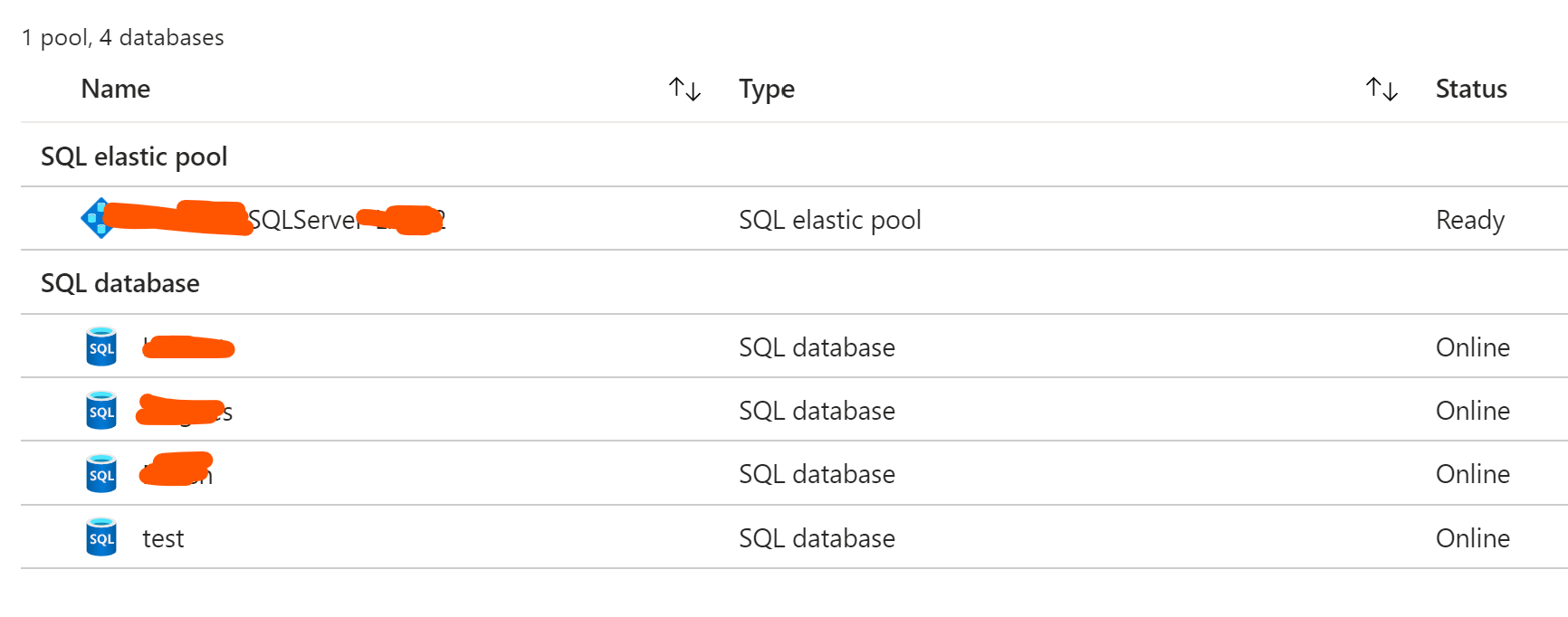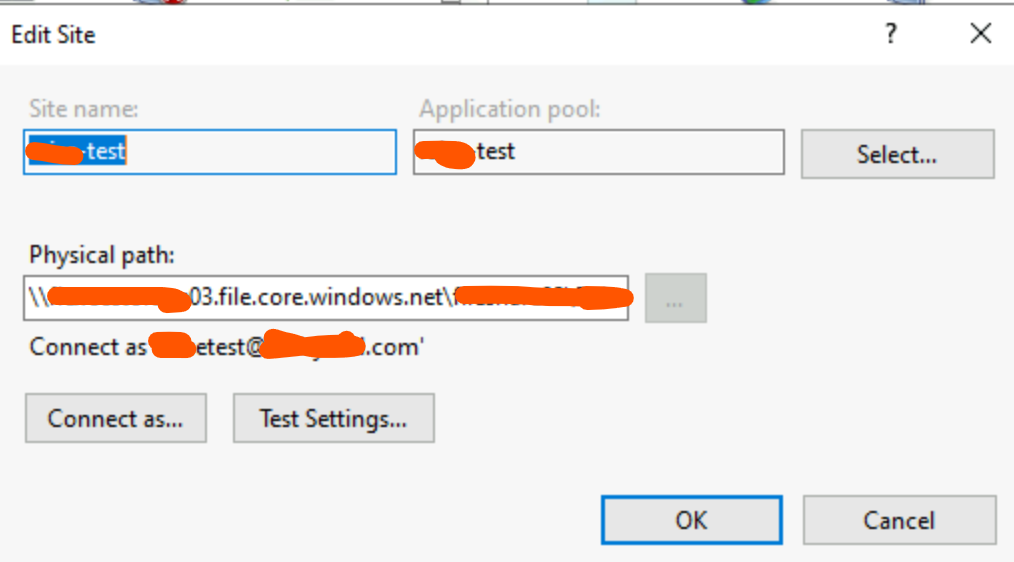Hi there ,
I am having 4 .net web applications hosted in IIS in the domain joined Azure VM.

I am using Azure Sql databases for all the applications(All dbs in a elastic pool of sql server) .

Coming to connection strings for DB connectivity ,right now I am using Admin Id and password in web.config
connectionString= "Server=server1234.database.windows.net,1433;Initial Catalog={DBname};Persist Security Info=False;User ID={SqlServerAdminId};Password=*******;TrustServerCertificate=False;" />
Now the requirement is to use managed identity(Azure AD Authentication) and make my connection string without userId & password.
connectionString="Data Source=server1234.database.windows.net;Initial Catalog={{DBname}};Authentication=Active Directory Integrated;"
I have created 4 different user Ids for 4 applications in Azure AD 
even I have created a group in Azure Active Directory as all these 4 Ids as part of that group and I have set the group as admin.
and in IIS I am using that specific ids for that specific site

I have gone through couple of sites and most of their example is based on Azure App service(which in my case is an application hosted on VM )
could someone help me on this, I think I'm missing something related to adding each userid & db roles(db_datareader, db__datawriter) to each individual database to make it work



